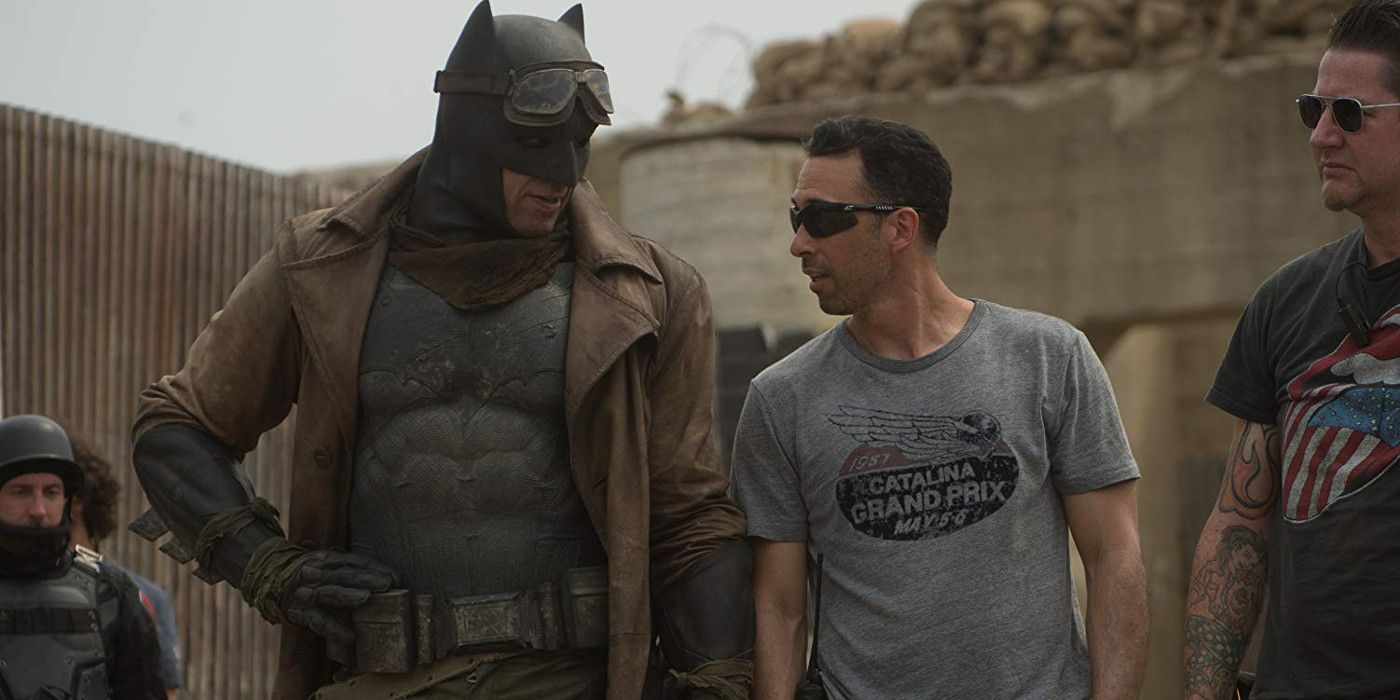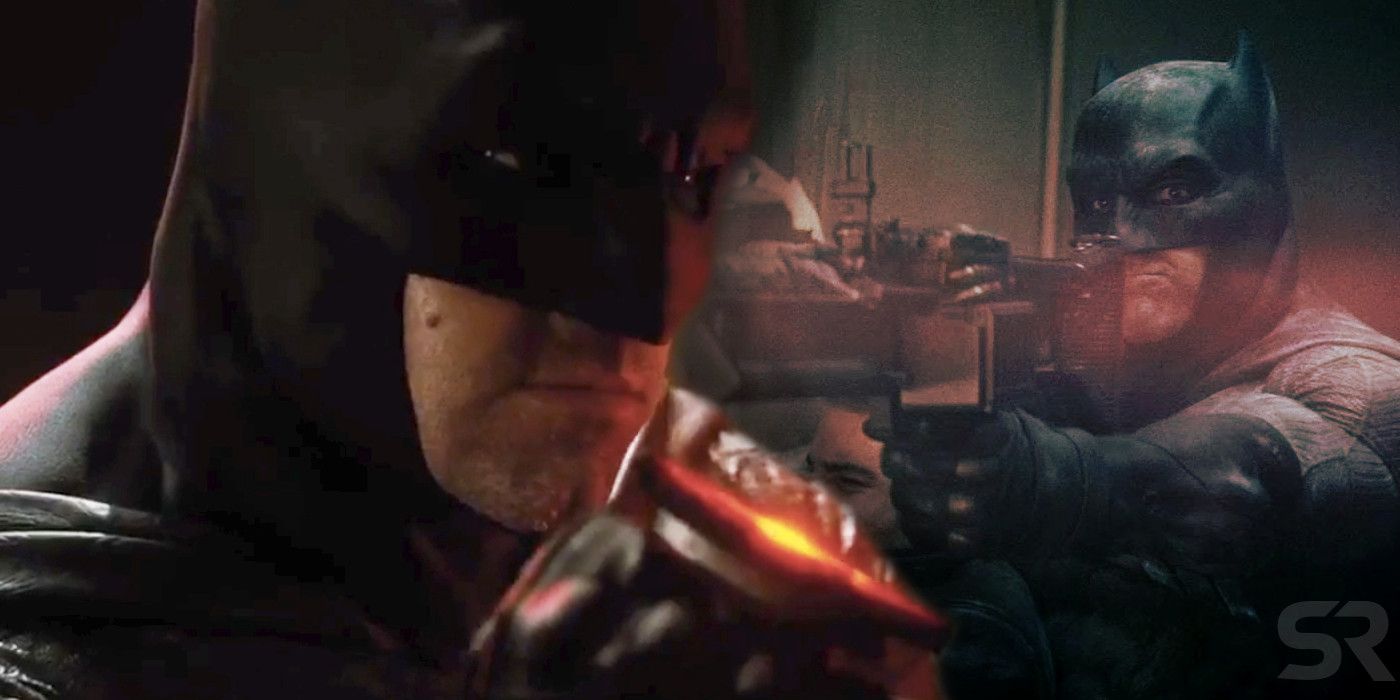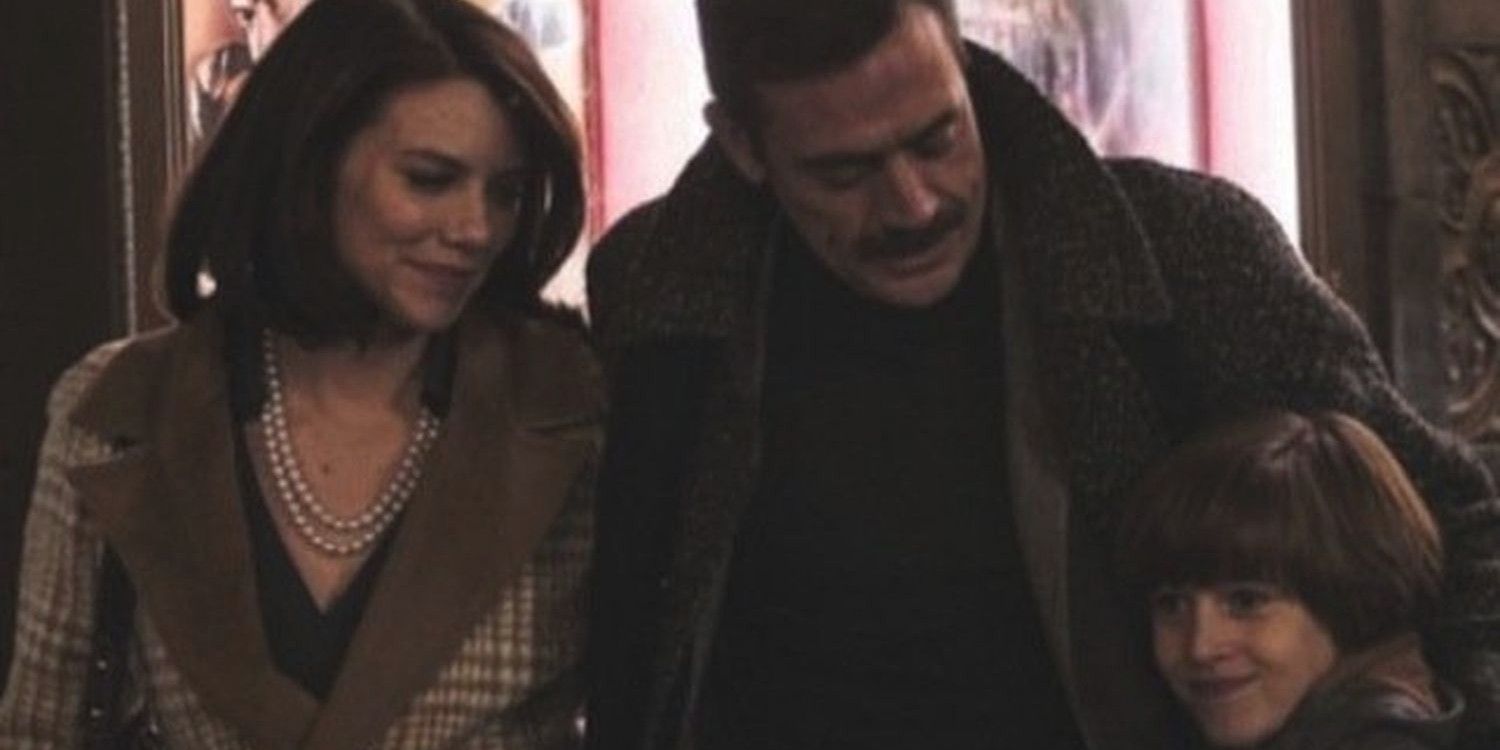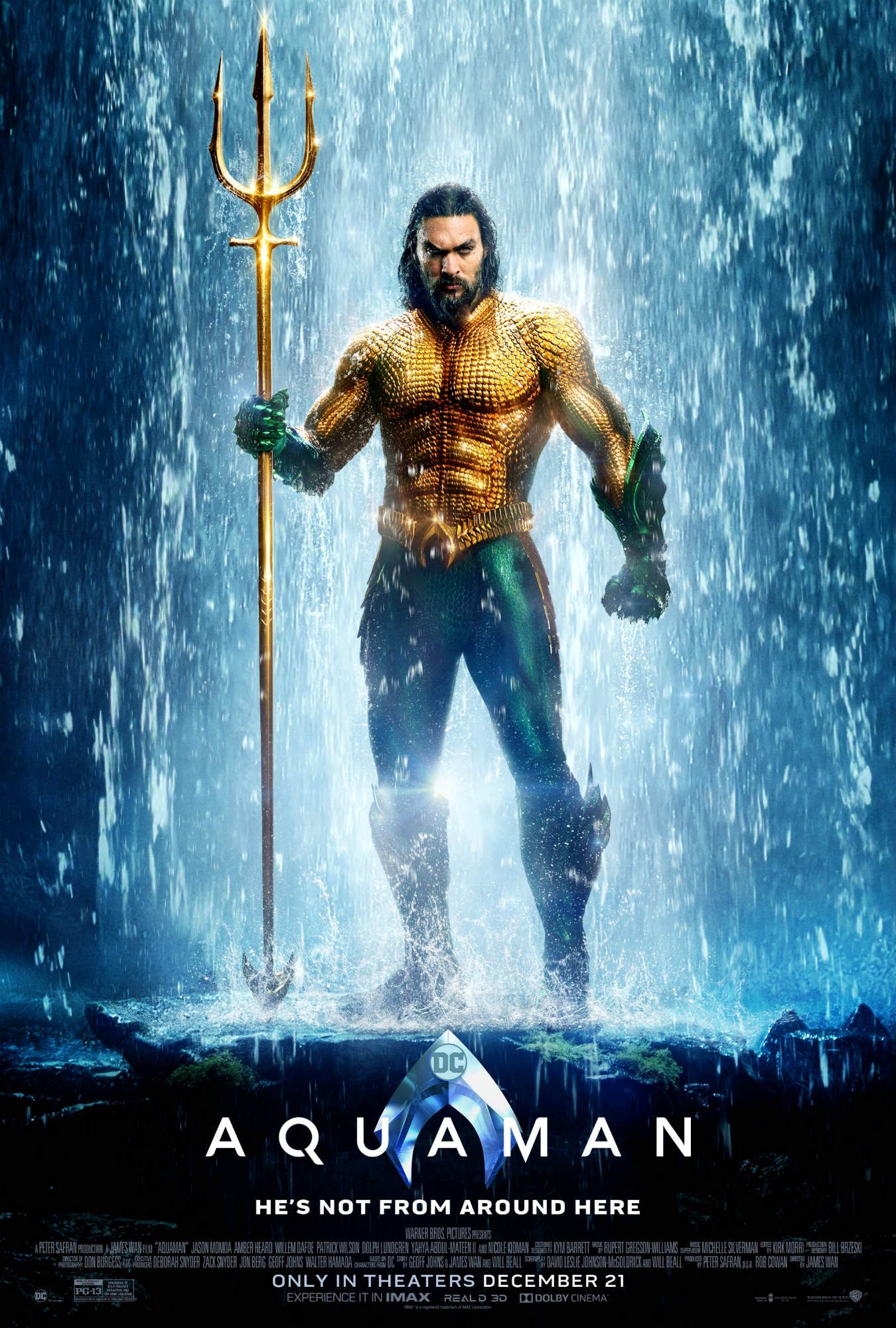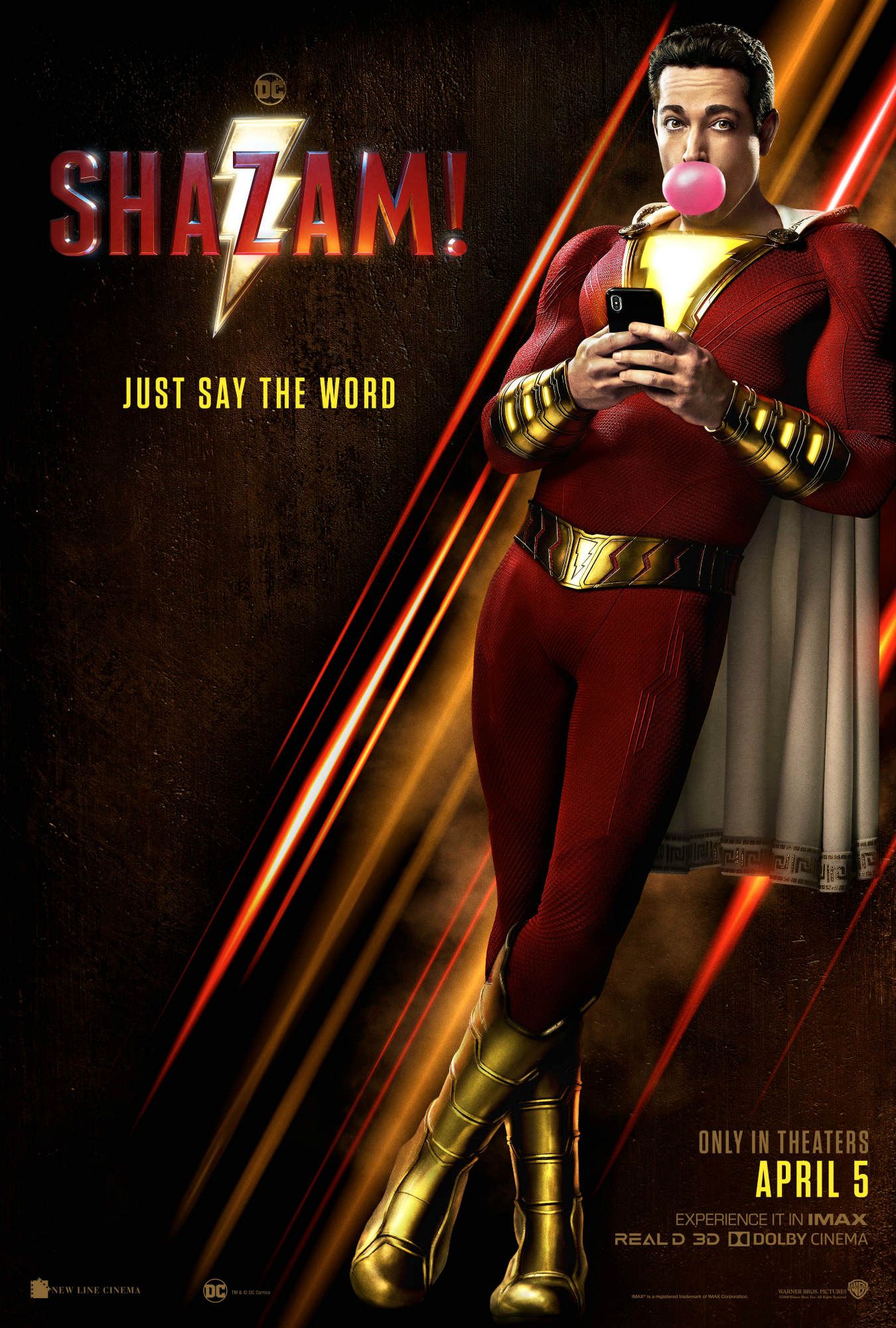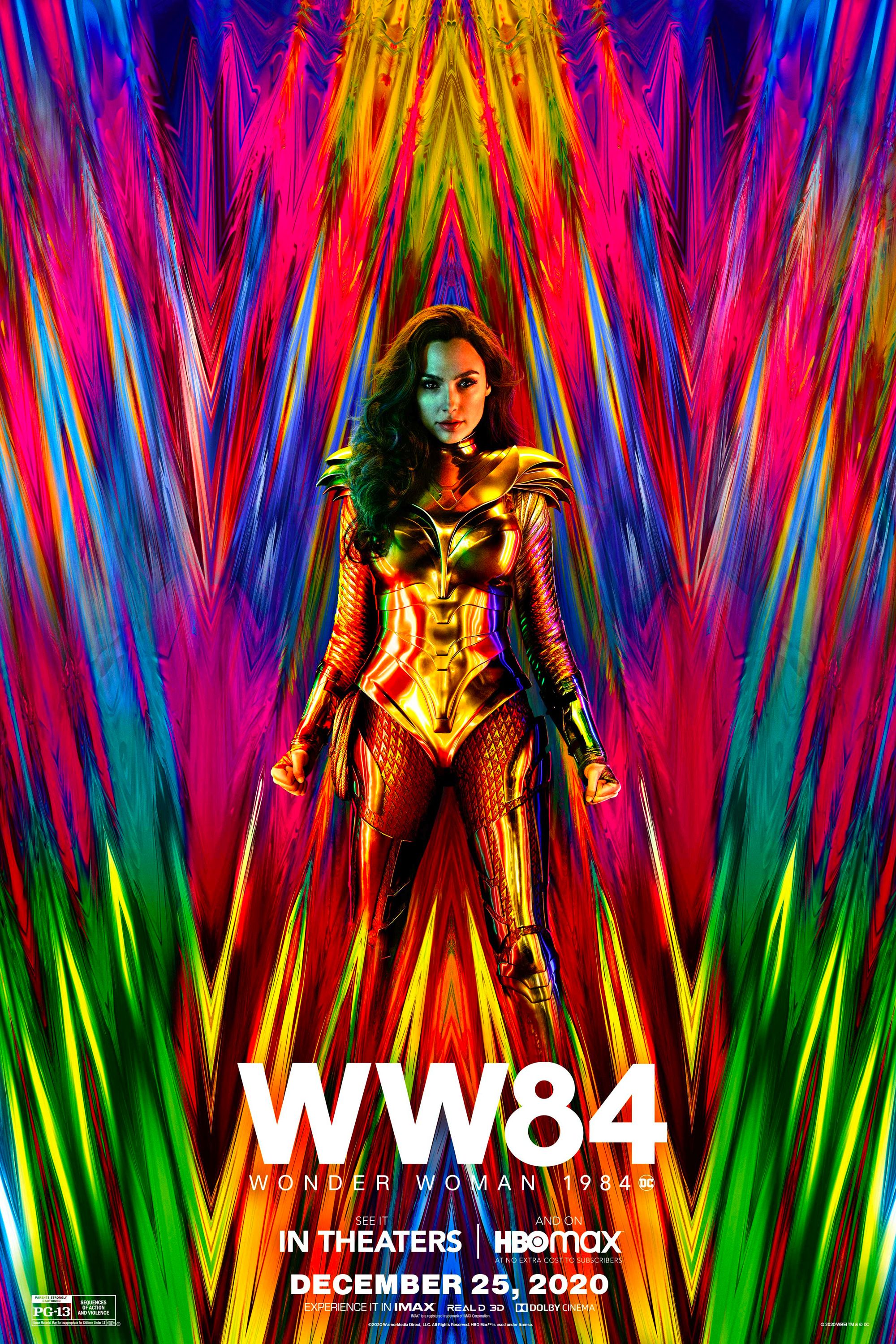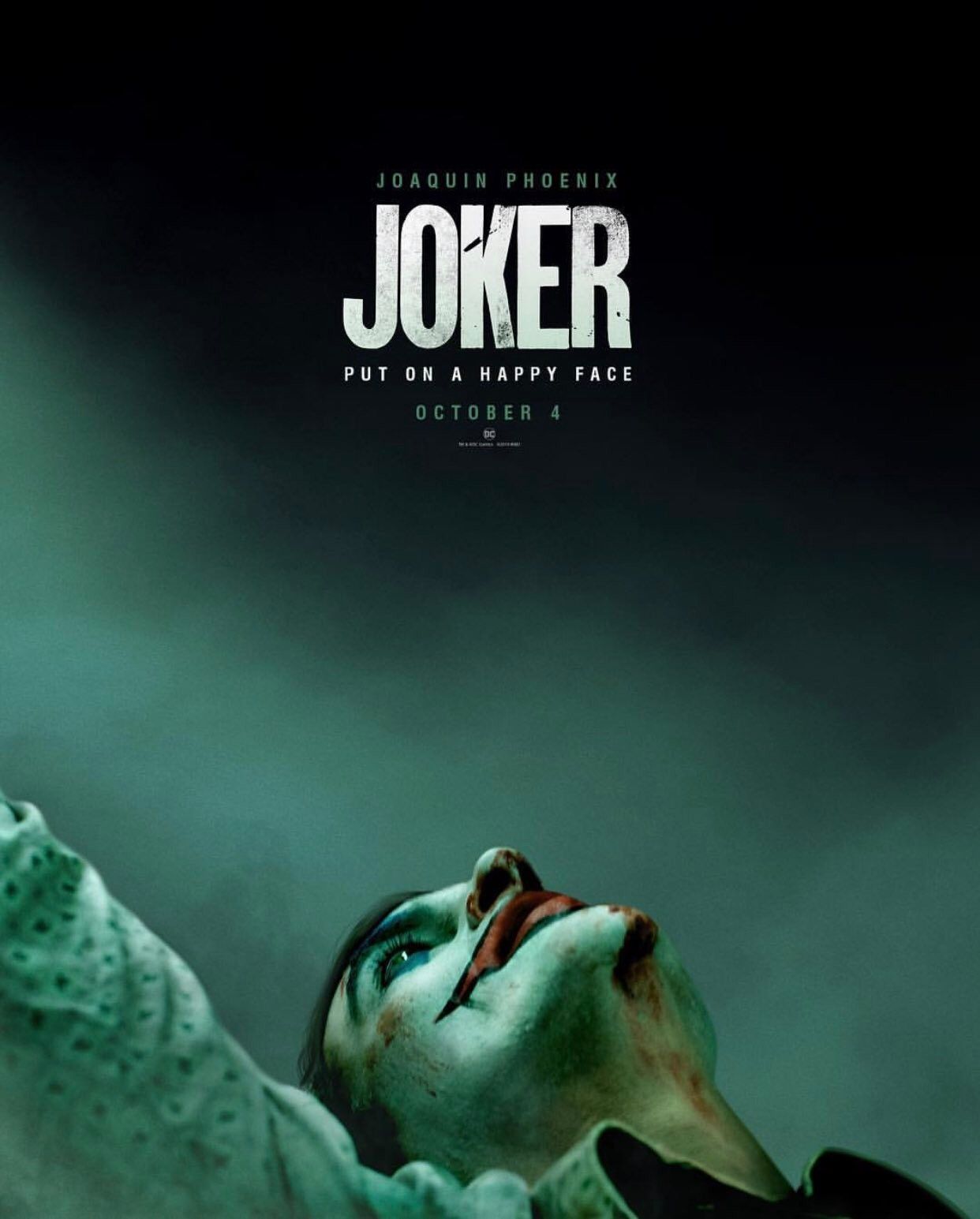Batman v Superman: Dawn of Justice has always been a source of controversy, from Batman's more brutal tactics to the "Martha moment," but one thing most people can agree on is that Batman's fight scene in the warehouse is one of the best comic book action scenes of all time, thanks to stunt coordinator Damon Caro and his stunt team. Caro has worked on every one of Snyder's feature films, even participating in his more recent short film, Snow Steam Iron.
Snyder's take on the DC universe has always been a source of controversy, eventually leading to him being forced off the production of Justice League, but his action and visuals have always been cited as a bright spot. Now that the DCEU is headed in a different direction, it's the perfect opportunity to look on some of its impressive accomplishments. Screen Rant recently caught up with Damon Caro, who served as Batman v Superman's stunt coordinator and second unit director, to talk about the warehouse fight, review the action-viz of Caro's team performing the scene (embedded above), and discuss his involvement in the rest of the franchise.
Related: Exclusive: Batman v Superman Warehouse Behind The Scenes Stunt Video
Screen Rant: It's really cool to see how this whole thing came together, especially for such a popular scene. It's one of the more commonly praised aspects of the movie on social media.
Damon Caro: Yeah, I know it touched a lot of people, and I’m no different, you know, I sort of stated that in the email, but it was one of the most rewarding scenes that myself and my team have ever done… You know, ever since I was a kid, I wanted to see Batman fight that way, so it was awesome 40-some years later to have the opportunity to do that. To create it and have it so well received because I was a fan just trying to make him move the way I’ve always wanted him to, so it was really cool.
SR: To that point, one of the immediate comparisons people drew after seeing it was to the Arkham video games. That’s really one of the other places that he’s had that kind of style, stringing attacks together like that. Was that any sort of a direct influence on the scene?
DC: That’s funny because several people have asked me that about the Arkham game, and, no, I had never ever seen the game or a trailer or anything. I had seen some of the earlier Batman games, obviously, but it was really cool to hear, almost like the universal consciousness was at work. Mine was based on… I’ve been involved in several different methods of martial arts since the age of 10, so I had a very specific mindset of how Batman should fight, the technique, the styles and influences that I had in my head for a long time.
Obviously movies and comic books from my youth influenced me. I’m talking a long time ago. Enter the Dragon. Road Warrior, Mad Max, etc. When I create action I try to do it from whatever space I’m currently in. I look at the script and let the action be guided by story and the characters. I don’t really like imitation, I like to create something from the moment. Obviously I’m a product of great martial artists that come before me, and people involved in cinema, and, obviously I have influences that go deeper than I even know, but I feel like it’s more real and honest in the moment to create from your own space, and I guess maybe there is something here and there where I say “oh, I saw this movie once and they did this cool thing,” but not for this scene, no, it was all just from being a lifelong fan. Unfortunately I don’t have time to play games that often anymore. Last game I was good at was Halo. The first Halo, so that’s how old my video game skills are, but the [Arkham] comparison, people have asked me that many times, so that’s kind of cool, that we basically brought a video game character to life, which was another perk to it.
SR: Exactly. Well, it was in a much more grounded way in my opinion. In the game it’s designed for punching the buttons and stringing together combos, which, to a certain extent results in him being a little bit more of a superhuman, but I thought you got the human and older more brutal Batman really squarely in that scene.
DC: Yeah, you’re absolutely right. That’s from my earlier point of looking at story, looking at character, you could try and make him move like a twenty-five-year-old Batman, but he was a crusty veteran with a lot of miles on him, but obviously he's still a stud, though, right? So he could still do some amazing things with his abilities and his training, but we really tried to ground it all - it was all live-action. There's one digi-shot of when he comes through the floor and whips past camera. We did that more because we wanted him to be more ghost-like where you couldn't see him, but other than that it's all live-action. There's a couple wire shots on the guys, and Batman drops in on a wire, but it's all him in the suit doing it, and that was important to the character and his age, in addition to all the things you just stated. So yeah, that was all a big part of grounding us and how do we present this correctly.
SR: Right, and it was something we hadn't seen in live-action before, so it was awesome to see that happen. Speaking of the story inspiration for it, the place that it happens in the movie is after a pivotal moment for Batman, and one of the things that people have pointed out about the movie is that he's really brutal earlier on, and, intentionally or incidentally, caused several deaths in the chase scene. As far as I can tell in this scene, there's no obvious people that die outside of the guy that grabs the grenade, which is kind of his fault anyway. Was that intentional, or is that supposed
to be an evolution for his character and the way he's fighting here vs earlier in the Movie?
DC: Yes. 100%. I mean, in the chase scene he was dealing with dangerous dudes that were trying to kill him, but I feel he was driven more by hatred then. By the Martha rescue, he’s no longer fueled by resentment. That's all clearly there and by design, as he just had the realization that Kal's an alien, but they share the same humanity - the humans and the Kryptonians. So there's definitely an evolution at this point. But regards to Batman’s mindset - again, if you ask Zack, the answer might be a bit different, but from my point of view, he also must be efficient, right? He had to get through that crew of mercenaries and navigate it as efficiently as possible while ensuring that they were going to be incapacitated at the very least because he had a limited timeframe, a small window, or Martha was dead. That was the whole point of having to get through it... Obviously guys' arms are broken, and that's after the guy shoots him several times, luckily in his bulletproof cowl. You will see, something that would sort of contradict that, if you noticed in that the action-viz that we shot in prep, it’s a little bit longer than what we shot for the film. and he does use one of the guys as a shield in that, but it didn't make the movie because it didn't fit for the cut. So that would have violated... but he uses him as a shield and the guy had a bulletproof vest on.
SR: Yeah, he wasn't the one pulling the trigger.
D. Yeah, yeah, yeah. But that doesn't mean he didn't break the guy's arm for plugging him in the head a couple times, and after he is stabbed, he pins the guy to the wall with that same knife. But, yeah, it wasn't his goal. Right? Don’t forget he blew up the trucks outside and also shoots KG Beast’s tank, but those were situations forced upon him by circumstance. None of it is vindictive or cruel, just necessary. It was all driven by his goal: "I need to get through these people and I need to incapacitate them at the very least, but I've got a bigger issue here I've got to get out.”
SR: Right, and that bigger issue is Martha. Speaking of her, you're not credited as this, but if I'm correct, you portrayed the role of the gunman, presumably Joe Chill, in the opening scene.
DC: Correct. And that was just a silly credit issue with the studio And yeah, it's Joe Chill. I play Joe Chill. Even IMDB wouldn't accept it, it was kind of funny, but yes. That is true.
SR: You are credited as an F-18 pilot, which I don't even remember because it's much smaller.
DC: I Played the pilot earlier during the shoot in a scene that actually I was directing. Joe Chill, that was later. The F-18 scene didn’t make the cut of the movie.
SR: Ok, interesting. So since you did the rescue and also played Joe Chill you kind of both got to kill and rescue Martha. Was that something that was intentional? I know Zack likes to do fun parallels like that.
DC: No to my knowledge but you would have to ask Zack. It’s funny, in prep we called it "The Martha Rescue," and then I think now it's kind of known as the Batman Warehouse Fight, or
what do you commonly hear of it as?
SR: It's typically called "The Warehouse Scene."
DC: Early on we called it "Martha Rescue." that's something they might find cool or not, but I like Warehouse, we also called it " The Warehouse Fight." But that was actually the firstm thing we shot in the movie... we started in April 2014 with that scene. It was crazy. We always like to hit something big first. We attacked it, we shot it together, then Zack moved on and I shot several more days of second unit there. But the Joe Chill scene wasn't until the end of 2014. The Joe Chill scene, that was actually in Chicago. That scene was at the sort of end of our run right before we went to New Mexico so that was probably October. That wasn't by design. Normally I'm so busy and Zack often offers me parts "hey, play this role, you should play that role,” but I'm so busy. He wasn't finding anybody he liked for the role, and it got down to we were scouting the location, we were still in Michigan and went to scout Chicago and one weekend on a Sunday we went down there and we were going to be in Chicago in like a month and he goes "why don't you play this?" And I had a lot on my plate, I was shooting other second unit and coordinating, I said "I've got a lot going on. I appreciate it, but I'm just too thin." I went home and I was thinking about it and a couple days later and I was like "are you kidding me? Ten years ago I would have wet my pants for an opportunity like this." I get so focused behind camera. I've been behind camera for years mainly, that's all I really do anymore. Second unit directing and that sort of thing. So that's where my head was and I just had to stop and think and go "I have the opportunity to play Joe Chill. I have the opportunity to make Batman who he is." So the next day at work, I go "hey man, if you haven't cast that I'd actually love to play that, lets figure that out," and that was it. That was really fun, it was good to do.
SR: That particular scene is something people chuckle at with just how many times we've seen it play out in live-action, but I always saw it as - you can't tell the story without including it, and especially in this version because Martha ends up being so important, and you can't do that without also showing the Wayne murder. Did any of the previous iterations inform how this one was created in terms of what you did or what you didn't do?
DC: Good question. That would be a Zack question because those shots he drew. Many times in the bigger action sequences when he and I have collaborated, which has been every one of his films, we'll have a meeting about it and he goes "go design it," and I'll come back with the master of it and then he's like "awesome, hey, maybe add this, maybe add that." So he gives a lot of freedom to me to just create that stuff, but every once in a while, like this is a smaller shot specific scene, so that was literally shot from his boards he drew. So I don't know, he'd be the one to answer that question, I don't know if he used any - I'm sure again, we know the mythology of it, we've seen Keaton's, we've seen Nolan's, and they're there in our memories. He's brilliant in his shot design and his essence of poetry and mythology in that telling, right? So we did shoot a viz, I just took his boards and my guys shot it really quick while we were in production just to make sure we got all the bugs worked out, but that was really Zack, he designed that with his drawings.
SR: And then that scene is kind of important to set up the whole Martha moment later on, which ended up being one of the more hotly debated moments of the film. Did you expect that to have a divisive response on set, or was that something that you figured would be more apparent to most audiences?
DC: You mean sort of the some people that don't understand the concept or think it's silly?
SR: Yeah, I think there's a lot of people that, it didn't - I liked it, so I might not be the person to explain why people have issue with it, but-
DC: It didn't resonate with them. Yeah, I get it. I'm one of those people, too, like you. No, there was zero, zero conversation about "oh, people are going to have an issue with this or not understand it or think it's silly." It was - and it's so funny, Zack and I had a conversation about that, I don't know, a month ago, probably. That came up and I just said "I have never understood-" and I don't listen to a lot of the haters, but I've heard the chatter of it a little bit, but I don't understand what the disconnect was. What the problem is with how salient that line is and the connection between having the same mother's name allows you to connect with someone you wanted to obliterate from the planet because you saw him as a threat to the human race. You saw him as a threat to humanity, then in that one moment, you realized he was an orphan and his mother's... you saw him as you as you as a kid and you saw him in that light, so that enlightened you, that made you drop and see him now, not as the enemy, but as an ally. A fellow being who is trying to do the right thing, to reach justice. So no, crystal clear and very, like I said, it always made sense to me, so I'm perplexed by that one and I don't know that I... I don't have the answer to that one.
SR: I don't either, so that's why I asked.
DC: [laughs], I wish I could enlighten that to you, but you're asking the wrong guy on that one.
SR: Now, you said that you also did a live-action pre-viz for the Wayne murder scene, do most scenes with any sort of action like that get a live-action pre-viz done? I know I saw from Justice League there was a CGI pre-viz from the Superman fight at heroes park. Would something that's more effects-heavy get a CGI pre-viz instead, or does that one also have a live-action pre-viz?
DC: Excellent point. Justice League, I did the live-action stunt viz, pre-viz - we call them action-viz or stunt-viz just to differentiate from the effects pre-viz - they depend on size of the battle. For instance, if I go back, we did them for 300, we did them for Watchmen, for Sucker Punch, Man of Steel, and etc. But you can't, depending on the project, you can't do every little thing. If you want to talk specifically about Justice League, that was a little bit of a tricky thing because I started prepping that in LA and shot a pre-viz for the Old Bailey Wonder Woman, where she rescues the hostages, and I got pulled from that to go do Wonder Woman because I was replacing someone who was over there that didn't work out. So I had to leave and go do Wonder Woman on the fly. So I didn't get to pre-viz - there were a few others with the guys I left over there on Justice League, but I wasn't there to sort of oversee it, and we didn't get the normal process was in there where we did make these detailed vizzes. Perfect example, there were a lot more that were regular pre-viz for Justice League, but also, yes. The greater the powers, the more you're going to have pre-viz.
Classic example is when we did Man of Steel. That Smallville battle was an awesome thing to be a part of- that one I still really like when he fights Faora and Nam-ek.
SR: Yeah, I think that's one of the more underappreciated scenes. People must forget about it because it's the start of, like, 2 hours of straight action so it must bleed together, but it's one of the better ones.
DC: Yeah, and I really like that one because that was something we put a lot of time and effort into trying to figure out the concept of even how do we do this - because we use rudimentary viz FX when we're creating action-viz, especially for flying, we meshed it with live-action. And we shot a really cool, really great action-viz for that. Unfortunately I can't find that action viz, I only have a copy of the hybrid of us and viz FX, which ultimately what we do is pair the two -Action viz and pre-viz.
I've worked with viz FX supervisors DJ AKA John ‘D.J.’ Des Jardin and Bryan Hirota since Watchmen, It’s awesome collaborating with them. Juxtapose the Smallville battle with the end battle, Zod vs Superman, right? In Man of Steel. There was so much flying, and in order to do that at the insane level we wanted to, we did some action-viz, paired with a lot of the pre-viz. We would go and talk to the animators, and then we would do some motion capture then we'd blend all of it. We also used some old school type techniques for shooting.
One shot where Superman punches Zod several times, and the camera goes over one arm and he punches Zod and it goes to the other side and he punches him again as he flies forward. We were trying to figure this shot out on various rigs and wires etc" and I go "huh, stand on this little table, this little riser.” I pointed the camera vertically and said “Ok, now punch,” then I quickly moved the camera to his other shoulder “and punch”, and it looked much better than any of the other far more complicated options. Every time I see that shot it just makes me chuckle because it's stuff I was doing when I was 10 years old screwing around with a Super 8 camera, you know? That was the best way to capture the shot even with all of the available modern technology. So that viz obviously involved a lot more help from viz FX, and they're always a great team to work with. When shooting the action viz the large amounts of quick directional change flying gave us the most difficulty, so our viz FX brother helped out. Ultimately when we present it, we blend the two for all the production heads to see and everybody looks at them in production meetings, that way you go "oh wow, camera's going to be here, we're going to do this, how do we do that, that's wire, that's digi takeover.”
Martha Rescue Scene Stunt-Viz Credits
Director, Action designer: Damon Caro
Stunt coordinator: Tim Rigby
Co-designers and Camera:Ryan Watson, Wayne Dalglish, and
Guillermo Grispo
Riggers: Shawn Kaults, Steve Upton, Jimmy Hart, Shawn Robinson.
Performers: Rich Cetrone (Ben Affleck's Stunt Double), Matt Rugetti, Allen Jo, Lateef Crowder, Paul Darnell, Victor Lopez, Mike Justus, Justin Williams, Jake Swallow, Sam Looc, Steve Brown, Freddy Boucieges, Albert Valladares, Ryan Watson, Wayne Dalglish, and Guillermo Grispo.

